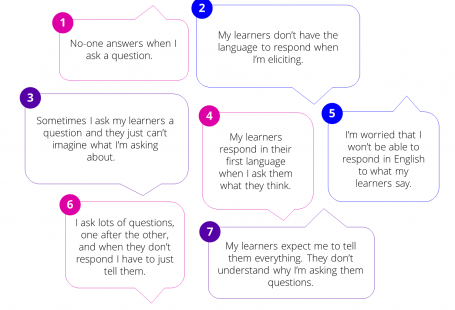Richard Mayer in his book, Multimedia Learning, explains the premise that multimedia learning maximizes learning and understanding and elaborates on the relationships between the brain and multimedia learning. For this purpose, he developed the Cognitive Theory of Multimedia Learning to explain how it works and how we can best make use of it.
Richard Mayer defines multimedia learning as the presentation of materials using both words and pictures. In broader definition, multimedia learning is described as the presentation of material in more than one form. The main premise is that understanding takes place when learners manage to build meaningful connections between pictures and words. This premise may explain why people are more inclined to prefer books filled with visuals or watch videos how to learn new things. With the combination of words and pictures, multimedia learning takes advantage of the full capacity of humans for processing information.
Three Assumptions of Cognitive Load Theory

Dual Channels in Information Processing
The reason why multimedia learning strengthen understanding is explained by the brain information processing. According to Mayer, brain has two separate channels for processing information. The first one is for visual materials and the other one is for auditory materials. When a learner starts learning, information first goes into sensory memory. After a while, it passes to working memory for processing. If a learner takes information in two channels, it leads to better retention. Therefore, the implication is that educators should take advantage of dual channels in order to enhance and foster learning.

The Limited-Capacity
This assumption proposes that humans have a limited capacity in processing information. It is impossible for anyone to listen to several people at the same time. For Mayer, humans’ working memory can only process five to seven “chunks” of information. Thus, educators should be careful about the balance between information provided and students’ intake capacity. The amount of text in presentation slides can be tailored according to this premise. In addition, teachers’ instruction should be clear, simple and short in order to lighten the burden on students’ cognitive process.
Active Processing
Active Processing is an assumption that humans should be active during the learning rather than passively receiving information. Mayer tells us that “they need to engage in active cognitive processes, namely identifying and selecting relevant material, organizing it into visual and/or verbal models, and integrating those new models with prior knowledge” (p. 70). The very first thing which should be done by the teachers is to encourage students’ active involvement in lessons. In order to create effective learning experience, teachers should plan activities that require students’ participation. In other words, Active processing is against lecturing which increases teacher talk time and do not provide enough time for students’ involvement and engagement.
Three Types of Cognitive Load Theory

Extraneous load is that materials which do not lead to effective learning waste our cognitive effort. Using inappropriate materials in terms of complexity and content paves the way for extraneous load. It also refers extra unnecessary details that impede learning. This type of load should be minimized as much as possible.
Germane load refers to the effort that students use to understand and learn. It is generally driven by intrinsic moviation. Instructors should help students to optimize germane load. This type of load is effective for constructing information.
Instrinsic load represents the thinking part of cognitive learning theory. The level of interactivity and the type of tasks are primary causes of intrinsic load. Also, It directly impacts students’ learning capacity.

In short, do not overload the brain with extra details and unnecessary items in order to make room for valuable stuff. Instructors should manage the complexity of the tasks for instrinsic load and encourage german load for efficient learning.
Hopefully, this article helps you to understand the cognitive load theory and give inspiration for better instructional design.
Please feel free to contact me if you need any further information.
References
Mayer, R. E. (2009). Multimedia learning (2nd ed.). Cambridge, England: Cambridge University Press.






1 comments On Multimedia Learning: Cognitive Load Theory
nice article.thanks